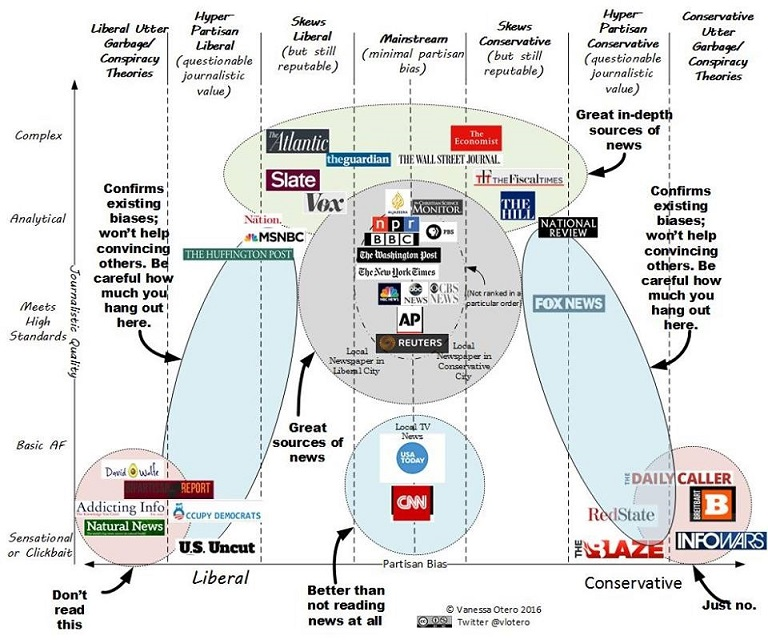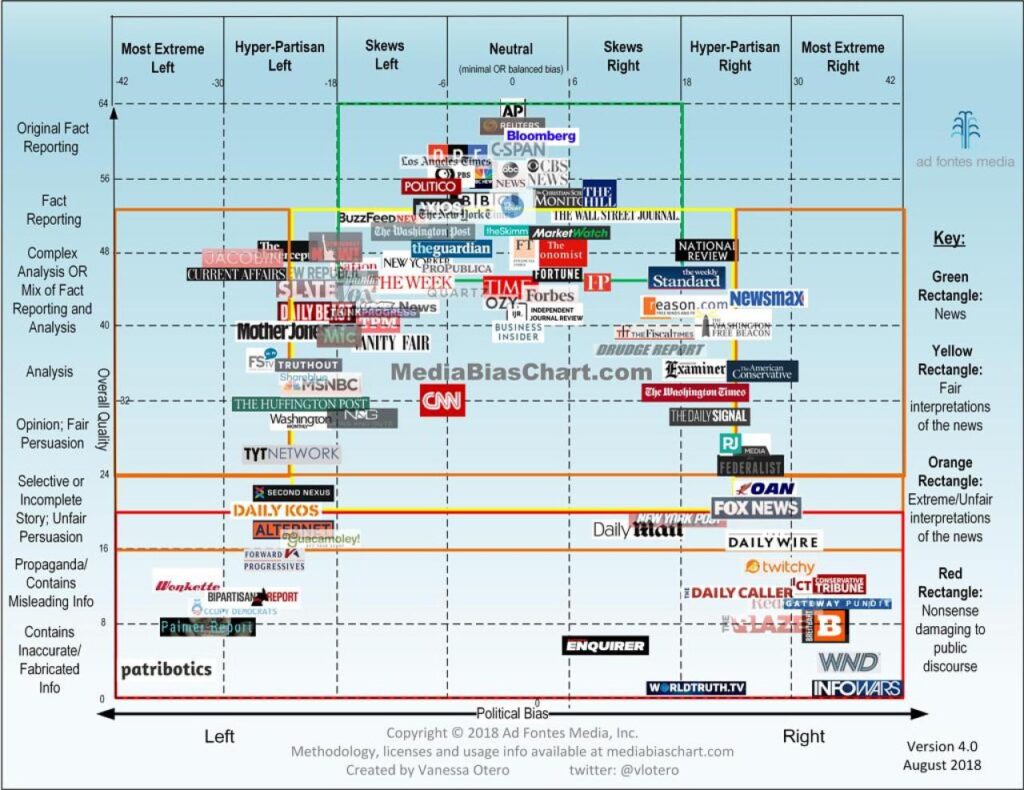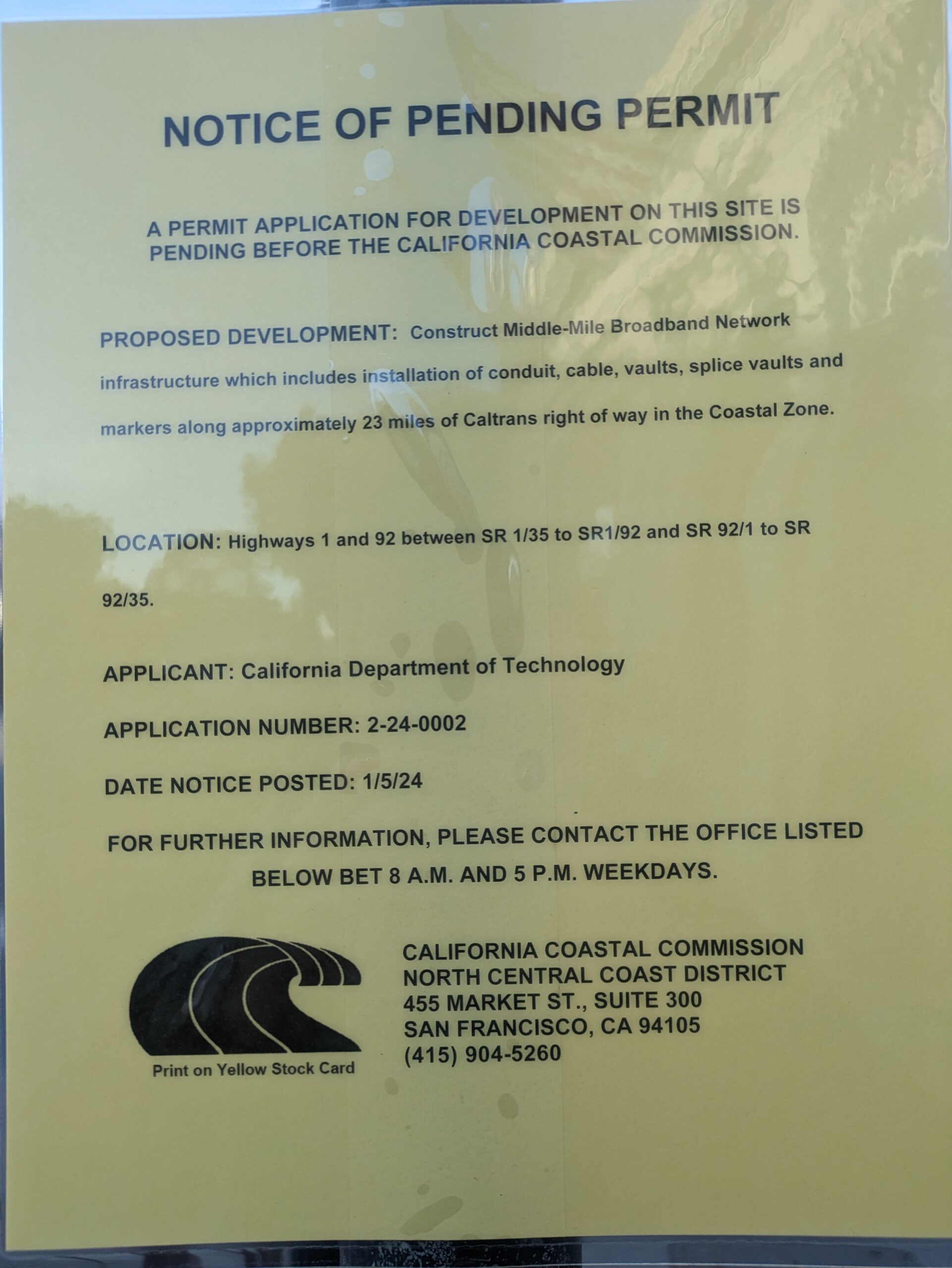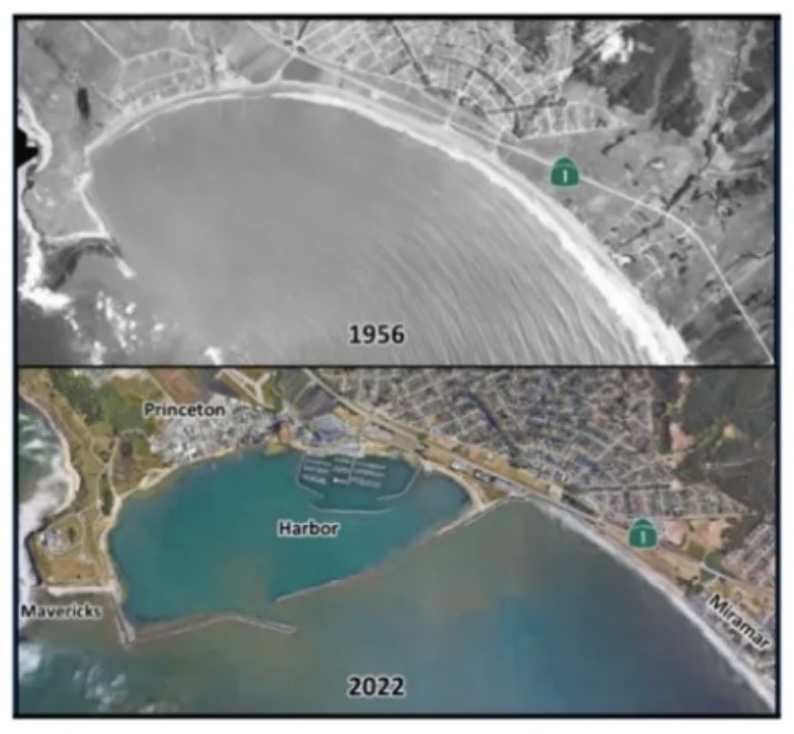|
Getting your Trinity Audio player ready...
|
OWN VOICE. ~ InPerspective by Gregg Dieguez
Let’s talk about the greatest challenge in modern society: how to tell fact from fiction. Thinking is hard work, even more so when you don’t have accurate information with which to reason. And without a shared foundation of facts, we cannot have a shared mental model of causality, and we can’t agree on actions for major issues like: Pandemics, or the Climate Crisis. You’ve probably gotten ‘those emails’ from acquaintances, the ones with videos you “must watch” and news articles which ‘reveal the truth’. And if you invest the time, too often you find that the source omitted relevant facts (or even made them up), created a false premise, cited a discredited ‘expert’, and then swept you up in an emotional narrative leading to a conspiracy theory or false conclusion. These days, it happens more than ever.[1]
And that is how we end up invading Iraq, or having mass shootings at pizza parlor where Hilary Clinton is running a sex slave ring. It sounds ridiculous, but invading Iraq was no small mistake, nor is our inaction on the Climate Crisis or the U.S. version of the Pandemic. What’s at stake is our future as a nation, and a species. What is required is understanding reality, perception, and the structure of human thought.
There are two issues at work in information you receive. One is whether the information is true. The other is whether your mind is equipped to perceive the truth. In this article I’ll give you some tools to use in finding credible information, and then some insight into how we all warp our perceptions – so we all can try to do better.
Telling Fact from Fiction
First, the News. And firstly, the News is not always ALL the news. Often it is opinion, and often what is NOT presented is as important as what IS. What you need are credible sources, and you can back those up with a suite of fact-checking sources. But if you select sources wisely, you won’t have to fact check much.
Because we don’t all know everything and we can’t all be everywhere, we have to rely on others to observe, analyze and report on much of our world. A funny and relevant explanation of how to select sources was presented in Greg Craven’s book: “What’s the Worst That Could Happen” where he explains the Credibility Spectrum, ranging from second-hand accounts from the guy sitting next to you at the bar[2], through first-hand eye-witness accounts, to some guy trying to make a buck writing a book, through TV commentators, to university research programs, to government reports, and finally to international scientific bodies using peer-review processes to constrain biases and errors. Sometimes the best you can do is decide which source is the least biased and the ‘best bet’ to be correct, because you cannot re-inspect the facts on the ground and/or audit the scientific analysis.

A major shortcut to all that research and thinking is to rely on analyses curated[3] and prepared by professional news sources. To help find valid news, there are web resources which classify news outlets along a variety of dimensions to aid you in interpreting the accuracy of information you receive. My current favorite is ad fontes media, which over the years has produced increasingly refined versions of a Media Bias Chart based on factual analysis of articles those sources have published over the years. Shown at left is an early version of their chart with arrowed captions which help explain the value of difference sources.
The higher up on the chart, the more original fact-gathering and valid, original news reporting a source does. The further left or right on the chart, the more bias exists in the source for liberal or conservative political views. The black text and arrows explain why you should or shouldn’t consider the various sources. So, skip the Palmer Report or INFOWARS if you want unbiased truth. This chart is continually changing based on updated analysis, as you can see below.
The newest versions of the Media Bias Chart are interactive, with zooming tools and the ability for you to filter sources and drill down to specific publications (97 of them) and audit the underlying articles upon which the classifications are based. An interactive version the tool can be found here: https://www.adfontesmedia.com/interactive-media-bias-chart/, and a static version here. The new version is very crowded, which is why an interactive zoom feature is needed. For ease of reading here, I include Version 4.0 in the chart below. As you can see, they now discriminate more precisely on the vertical dimension, detailing on the left ‘fact reporting’ from ‘fair persuasion’ and ‘propaganda’ or ‘inaccurate information’ at the very bottom, and classifying the content in colored rectangles explained at the right.

Bottom line: I start my day with Reuters. They do original fact reporting, with no discernible bias. And then I go to supplemental sources for more analysis and implications. Of course, sometimes the stories break first in the New York Times, Wall Street Journal, Washington Post, Bloomberg, or AP, because those sources also do investigative journalism. If someone sends me something, I check where the source lies on this chart, and search for similar coverage in a more credible publication, before wasting time.
If I see the Truth, will I understand it?
We humans make quick decisions. It used to be a survival trait, and may still be. But our brains are clouded by several dozen cognitive biases and emotions which make rational decision-making difficult.
“A cognitive bias is a systematic error in thinking that occurs when people are processing and interpreting information in the world around them, and the error affects the decisions and judgments that they make.” There is a list of dozens of cognitive biases here: https://en.wikipedia.org/wiki/List_of_cognitive_biases
A fun book for understanding these biases is The Undoing Project, by Michael Lewis, but if you’re pressed for time this Atlantic article: Your Lying Mind – The Cognitive Biases Tricking Your Brain covers the basics more quickly.
So what are some of the most prevalent biases, and how do they affect us?
The major one you’ve heard about is:
1. Confirmation Bias – That bias leads us to look for evidence confirming what we already think or suspect, to view facts and ideas we encounter as further confirmation, and to discount or ignore any piece of evidence that seems to support an alternate view. Confirmation bias shows up most blatantly in our current political divide, where each side seems unable to allow that the other side is right about anything. And this got us into the Iraq War when no weapons of mass destruction were found. The logical fallacy of confirmation bias is people’s tendency, when testing a hypothesis they’re inclined to believe, to seek only examples confirming it. However, no matter how many such examples we gather, we can never prove the proposition that way. The right thing to do is to look for cases that would disprove it, and the absence of those is the best proof. Here are some other popular biases:
2. The Gambler’s Fallacy -The tendency to think that future probabilities are altered by past events, when in reality they are unchanged. This makes us believe that, if a coin has landed heads up five times in a row, it’s more likely to land tails up the sixth time.
3. The IKEA Effect – defined as “the tendency for people to place a disproportionately high value on objects that they partially assembled themselves.”
4. The Anchoring Effect – our tendency to rely too heavily on the first piece of information offered, particularly if that information is presented in numeric form, when making decisions, estimates, or predictions. Once you’ve got that informal contractor quote, you’re not happy when the fully informed bid is presented.
5. Sunk Cost Fallacy – Sunk-cost thinking tells us to stick with a bad investment because of the time and money we have already put into it; to finish an unappetizing restaurant meal because, after all, we’re paying for it; to prosecute an unwinnable war because of the investment of blood and treasure. In all cases, this way of thinking is rubbish. Economists, who have absorbed the lessons of the sunk-cost fallacy, routinely walk out of bad movies and leave bad restaurant meals uneaten.
6. The Endowment Effect – which leads us to place an irrationally high value on our possessions.
7. Narrative Fallacy (aka base-rate neglect) – We love stories and we let our preference for a good story cloud the facts and our ability to make rational decisions. This means that we may be drawn towards a less desirable choice simply because it has a better story. A lie which is rich in story detail is more likely to be believed than a short one.
8. Selection Bias – The tendency to notice a thing more when something causes us to be more aware of it, such as when we buy a car, we tend to notice similar cars more often than we did before. They are not suddenly more common – we just are noticing them more.
9. the Bias Blind Spot – the feeling that one is less biased than the average person. Or, that we’re all above-average at driving, sex, and cards.
10. Normalcy Bias – the refusal to plan for, or react to, a disaster which has never happened before. Like our County ignoring the disaster evacuation concerns of Coastside residents. Oh, and that Climate Crisis thing we can’t seem to get moving on.
11. As Hindsight Bias tells me, I knew that would happen.
The best correction for all these mental biases is to rely on others, as they can perceive our errors more readily than we can. And in that vein, I recommend using the curated news sources in the charts above. However, if you want to spend the time, you can employ a number of fact checking web sites. That list is dated, and omits the new Reuters fact checking site: https://www.reuters.com/fact-check You may have to use several fact-checking sites to find the claim you want to confirm or deny, because there are way more spurious claims than one site can keep up with. Also, you may have to try different phrasing on your search terms, because different wording may be in use. For me, it’s less work to rely on credibly curated sources of news and analysis than to fact check or dissect every article or video sent to me.
There are also media watchdog groups, listed here: Stetson University: Finding News and Identifying “Fake” News, but as you can see on the lower left of that university site, even the watchdogs have their liberal and conservative biases.
An underlying problem in our society is that people are intentionally manipulating information in order to make more money or preserve their position of power, regardless of the harms to others. A classic example was cigarettes and the Tobacco Wars in the 70’s. More recently the Climate Crisis, wherein fossil fuel companies pay billions of dollars to fund spurious ‘scentific studies’ and write articles and web sites to confuse and delay any actions to restrict their profits. Oh, and then there are the Russians, trying to destabilize our society (and succeeding). The disinformation tactics and monies employed in a number of campaigns since the 1970’s are well-explained in the book Merchants of Doubt – denial of the human causes of climate change is a well-funded and well-orchestrated campaign by those whose self-interest is served by a given lie (e.g. fossil fuels). For more examples of intentional misinformation campaigns, see also, Dark Money, the Shock Doctrine, Democracy in Chains, Carbon War, etc. Those are books with findings based on tons of footnotes about credible sources, including depositions from lawsuits.
There are also add-ons for your internet browser which can flag sites with suspect credentials. One I’ve used is Newsguard, which places a shield icon on the left side of your search result lists. The color of the shield indicates whether the site is safe and established, potentially flawed or dangerous, or just unknown. That way you can avoid clicking on search results without established credibility. The bottom half of this page has a list of browser apps to detect fake news>> San Diego State Journalism & Media Studies.
Also, the lists in images, aside and below, contain steps you can use to self-assess whether something you find on the internet or in your email is valid. Please do this before sending me anything. Of course, this is all work, and staying with sites and people you know you can trust is the most effective first step. Allow me to suggest that you write back to people sending you Fake News, so they’re aware of the flaws. And if they persist, your final tool is to establish an email rule for your inbox, and shunt the clueless into a Junk folder.
FOOTNOTES:
[1] Wait! That’s Recency Bias.
[2] Well, when we CAN again go sit at bars.
[3] Curation: the selection, organization, and presentation of content, merchandise, information, etc., typically using professional or expert knowledge.
More From Gregg Dieguez ~ “InPerspective”
Mr. Dieguez is a semi-successful, semi-retired MIT entrepreneur who causes occasional controversy on the Coastside. He lives in Montara. He loves to respond to comments.







Interesting article, great information. The systemic problem with all of the news sources, regardless of their position on the charts, is the unseen bias in the selection of what each news outlet chooses to report on and what they choose to ignore. I dare say you would find very few in the middle zone if this were the case. This type of bias is perhaps the most dangerous bias of all and cheats on the duty of the free press.
Great article! I enjoyed it and will apply it.
For an MIT nerd, you are a great writer!
OOPs….there’s my confirmation bias rearing up!
Thank you and keep ’em coming.
It’s good to see Stanford grads can still read….
Thank you for posting this – I would love to see News Literacy empahasized/spread on a much larger scale. I stumbled across a news literacy organization featured in a newsletter from my current place of employment: https://newslit.org/ and have been following it for some time now. It’s encouraging to see this!